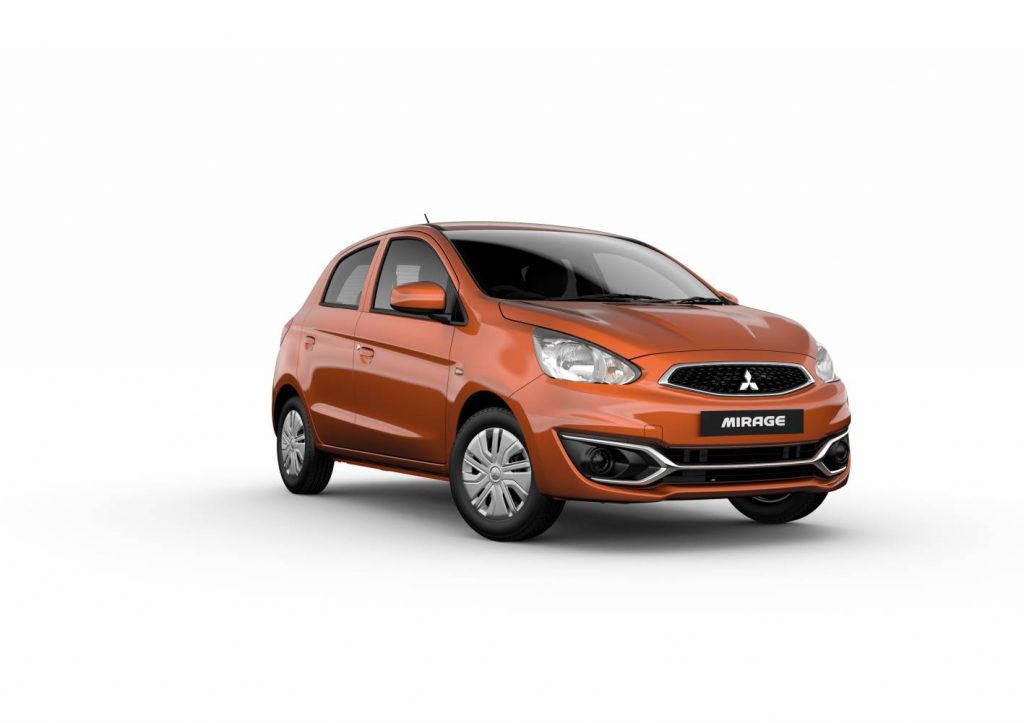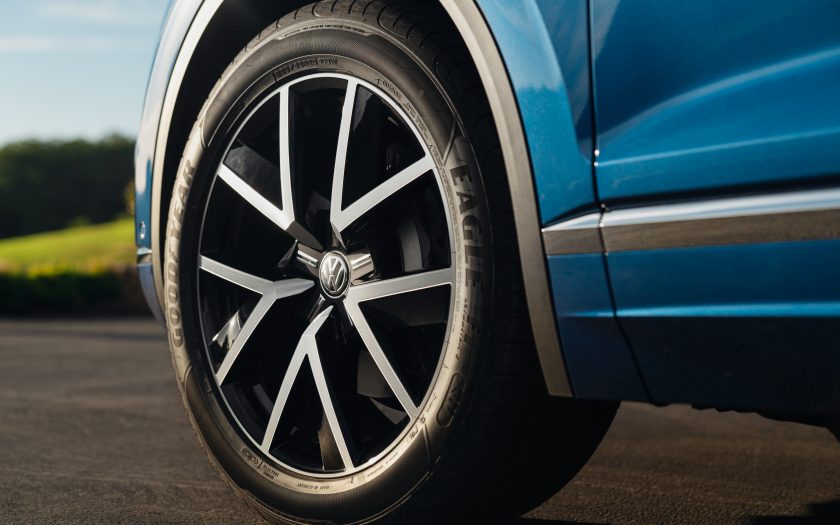YOU’VE PROBABLY WONDERED why motoring enthusiasts seem to have a preference for rear-wheel drive vehicles, while most car companies are moving across to front-wheel drive.
So, is one better than other? And if so, is it suitable for you?
ADVANTAGES OF REAR-WHEEL DRIVE.
1. Rear-wheel drive delivers better handling in dry conditions. Because the driving wheels are at the rear and the vehicle’s weight shifts to the rear under acceleration, more downforce is applied to the driving wheels. This means the rear tyres are better able to handle simultaneous acceleration and turn into a bend.
2. Rear-wheel drive is more predictable when there is low traction, such as on gravel, ice or slippery roads. This is because the wheels doing the steering (those at the front) maintain traction even if the rear-wheels (the driven wheels) are losing traction and slipping.
3. Rear-wheel drive is a simpler system so it is less costly to build and easier to maintain. Front-wheel drive, on the other hand, requires the designer to fit many parts into as small a space as possible, so when the time comes for disassembly, there is more work involved and greater need for specialised tools.
4. Torque steer is the pulling sensation you may feel when accelerating hard with front-wheel drive. This is because the front wheels are doing both the steering and putting the power to the road. As a result, the front wheels want to go straight ahead, while the steering input is sending them the message to turn. Rear-wheel drive doesn’t suffer torque steer because each set of wheels has one job to do: steer or put power down.
5. The ideal weight balance for any car is 50 percent on the front wheels and 50 percent on the rear wheels. This means that one end of the car or the other isn’t overly weighted and having a greater effect on the car than the other. Rear-wheel drive makes it easier to achieve the optimum 50/50 weight balance (or close to it) because most of the engine’s weight can be located between the front and rear wheels. With mid-engined cars, the entire engine can be placed between the front and rear wheels. This means the transmission can be moved further towards the rear of the vehicle, instead of most of the weight being over the front wheels.
6. Because of its design, rear-wheel drive does not require complicated drive-shaft joints at the front wheels (because all they have to do is steer). This means rear-wheel drive cars typically have a smaller turning circle.
7. Rear-wheel drive is preferable when towing because the wheels actually pulling the load are closer to the point at which the trailer articulates. This helps steering, especially for large loads. Another benefit when towing is that sometimes the towball download is such that it takes some weight off the front-wheels, affecting traction, steering and towing capacity for front-wheel drive cars. This is exacerbated under acceleration.
8. Rear-wheel drive is better for drifting (drifting is a controlled skid where the driver deliberately breaks traction for the rear-wheels, allowing them to spin and the rear end of the car to move freely left and right through manipulation of the steering wheel). Drifting is a technique that can be used to corner quickly, or to turn the car around in a very small space. Drifting has become a popular form of motorsport, with most cars being rear-wheel drive. Front-wheel drive and all-wheel drive cars can also be made to drift, but it is far more difficult. To get a front-wheel car to drift, the driver needs to apply the emergency (parking) brake to momentarily lock the rear wheels and cause them to skid. The emergency brake is also used to drift rear-wheel cars for long periods, when the driver regains control by turning the wheel in the opposite direction to the drift to set the car up for the next turn. Drifting requires considerable skill and should never be attempted on public roads.

DISADVANTAGES OF REAR-WHEEL DRIVE.
So if rear-wheel drive has so many advantages, why are so many companies adopting front-wheel drive technology?
There are a number of disadvantages to rear-wheel drive (or advantages to front-wheel drive, if you prefer). Some of them come down to costs, others are to do with the comparative ease of use of each system.
1. Rear-wheel drive is more difficult to master. While enthusiastic and skilled drivers enjoy the liveliness and response of rear-wheel drive, for less skilled drivers, handling rear-wheel drive is less intuitive. While a rear-wheel drive vehicle is most likely to oversteer (the rear end swings out) if too much power is applied or a corner entered too quickly, the overwhelming tendency for a front-wheel drive car is for it to understeer (it wants to go straight ahead, rather than turning into the bend). The immediate instinctive reaction in either situation is to apply the brakes; in a rear-wheel drive car this exaggerates the oversteer tendency by taking weight off the driven wheels. By contrast, applying the brakes in an understeering front-wheel drive car pushes the weight forward, increasing traction on the steering wheels and making it easier to bring the situation under control. Of course, modern innovations such as electronic stability control, traction control, torque differential vectoring and many other pieces of electronic wizardry make such driver decisions less critical, but they all add to the costs and complexity.
2. Front-wheel drive takes up space, particularly in the front of the vehicle, so there’s typically less front leg room. However, rear-wheel drive requires a driveline from the front to the rear, taking up space between the driver and the front passenger, and often making the centre rear seat uncomfortable because the transmission hump passes under the centre of the rear seat. It can also take up boot space because more hardware (the differential, for example) has to be located at the rear.
3. Rear-wheel drive often incurs a weight penalty thanks to the driveshaft needed to take the power from the engine to the rear-wheels. There’s more metal required, too, to create a transmission tunnel around the driveshaft. Typically, rear-wheel drive cars weigh slightly more than an equivalent front-wheel drive car, but less than an all-wheel drive car.
4. Rear-wheel drive usually costs slightly more to produce, and this is reflected in the purchase price. This is down to additional materials and these days, reduced production volumes. Rear-wheel drive continues as the default setting for luxury vehicles and performance vehicles. Those luxury vehicles that have gone to front-wheel drive are usually slightly more expensive than their rear-wheel drive equivalents.
5. Rear-wheel drive can be tricky on low grip surfaces such as wet or greasy roads, icy roads, in snow and on gravel. Rear-wheel drive cars are pushed rather than pulled and this can have a tendency to break traction on the front wheels, although this disadvantage is minimised by traction and stability controls. When the front wheels lose traction and the rear wheels continue to push the car along, it understeers or, in extreme conditions, aquaplanes (where the front wheels “float” across the surface such as ice or water, without actually having any contact with the underlying surface).
So, there you have it, and the choice is up to you, assuming there are cars on your shopping list that offer both FWD and RWD. Perhaps the best of all is all-wheel drive, but this has the disadvantage of both additional weight (sometimes quite considerable) and greater complexity.
